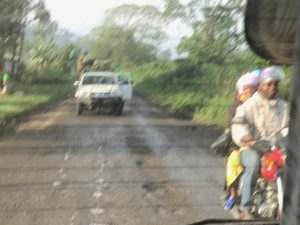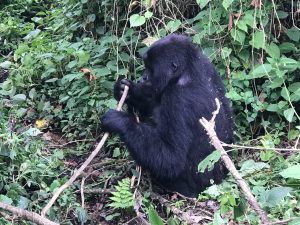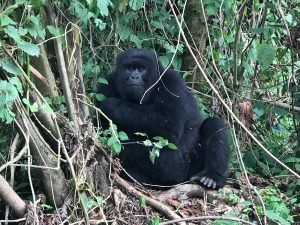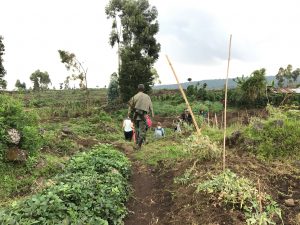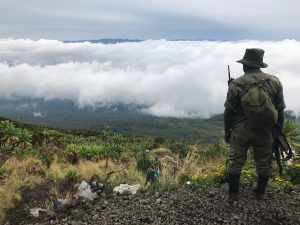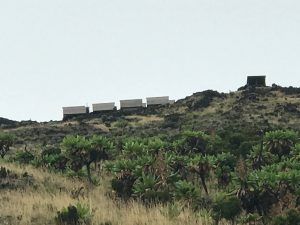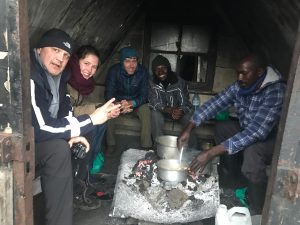Discovering more Questions than Answers in the Congo
Discovering the Mysteries of the Congo
The Congo is a mysterious place deep in history and filled with color
Most Meaningful Experience: Travel to see the live Volcano
Travel Tips:
– Trek to see the mountain gorillas of the Virunga National Park
– Hike to the volcanic peak of Mount Nyiragongo
– Cruise the Congo River when I return!
After reading the “Heart of Darkness”, Congo had always intrigued me. It was blanketed in a sense of mystery and was somewhere I’d craved to go but always thought was too dangerous. After meeting travelers in Kigali who’d returned (and assured me it was safe), I decided to make the trip.
The bus trip to the border took us through the rolling hills of Rwanda and along the shores of Lake Kivu that spans the two countries. Like many of Africa’s borders, it was a chaotic scene as people dressed in colorful garb tried to cross from the Democratic Republic of Congo into Rwanda. One man had a nasty disease on his arm that needed medical assistance. Another lady had a swelling on her face the size of a zucchini. I felt disheartened. Where was I going?
First impressions
I was met on the other side of immigration by my guides who spoke French with high-pitched accents and helped as I changed my US dollars into Congolese francs. I negotiated with a man holding two feet in bills. “Are they real?” I asked the guide. “Of course”, he responded. “We can’t exchange money here at the banks”. “So people just walk around with stacks of money?” “Yes, but he has a gun, too,” he winked.
The seemingly never-ending war in Congo and the rebel uprising near Goma had left me feeling worried about whether I should be here or not. But the opportunity to see mountain gorillas in the wild and go trekking to one of Congo’s volcanic peaks was something I didn’t want to miss out on, particularly when I was so close.
Like many African countries, the Congo was colonized by Europeans, in this case, King Leopold II of Belgium. His rule was particularly brutal, with it estimated that 8-10 million Congolese were killed under slave conditionsto extract resources from their homeland that would be shipped abroad. Today, the relationship is still tense, although the Belgian Prime Minister wants to “move forward” and support the Congo.
We rolled up to a small two-story hotel that looked like it would crumble if you breathed too deeply. A steady flow of people was coming and going from the hotel’s buffet while stores selling French baguettes clustered in the surrounds. A bar across the street played African dance music from sundown to sunup. It kept me up most of the night.
Trekking to see the mountain gorillas of Virunga National Park
Our trek to see the mountain gorillas of the Congo began in a field, winding between houses where kids were running around fertilizing the crops. Escorted by guides carrying guns and large machetes, we then entered the forest the gorillas called “home”. Getting up close to these primates was breathtaking, not because of the sheer size and strength but the way they looked at you. I felt there was a tinge of fear in their eyes like they knew not to misbehave.
The sight of the silverback made the hair on my neck stand up. Every move is powerful, graceful and measured. One walked past just 10 feet away from me and I almost fell back until a guide caught me. The silverback turned and looked me straight in the eye. This was one creature I did not want to upset.
After about 30 minutes with the gorillas, we returned along the trail we had come, humbled by the experience. We all agreed it was worth the cost and effort involved, particularly as the future of Africa’s mountain gorillas is uncertain.
The following day, I teamed up with a small group to hike the 3,500-meter-high peak of Mount Nyiragongo, with a lava lake at the top that gets rave reviews from any traveler. It’s also notorious for being dangerous, with rebels stationed just on the other side of the volcano. My guide assured me that the rebels didn’t access these paths but I devised an escape route, just in case.
From a tree-lined path, the landscape transformed with giant green succulents that reminded me of the film “Avatar”. These then gave way to sparsely vegetated volcanic rocks, with a handful of wooden huts built at the top. We spent the evening taking photos of the lava flow and staring at its red-yellow-blue kaleidoscope. It was a meditative experience.
On my final night in Congo, I mustered up enough courage to wander around on my own and peek into the disco across the street. But with most locals only speaking French, there wasn’t much opportunity for me to connect with anyone aside from my guides.
I appreciated their help and hospitality, as well as their pride in Congo’s progress and optimism that it would get better. They had a talented knack of making you feel at ease in what was a hectic country of tanks, UN workers and constant chaos. They invited me back one day to spend a couple of weeks cruising the Congo River. One joked with me, “they might eat you!” Not now, maybe in a decade.
The Congo proved to be as mysterious and exciting as I’d expected. It was also just as disheartening, dangerous and corrupt as I’d imagined. It’s probably one of the countries that most needs help getting stabilized, yet they’re unlikely to trust the West. People don’t even trust their own government. With everything they’d endured,I was amazed by their upbeat state of mind. I left Congo feeling bewildered and wanting to travel more but I didn’t have the guts.

Hiking to the Gorillas
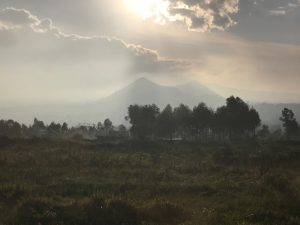
Congo Mountains
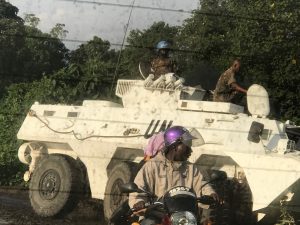
UN in the Congo

United Nations in the Congo
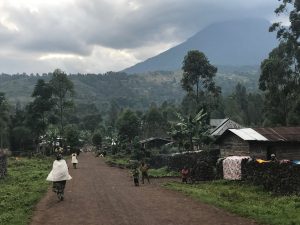
Streets in Congo
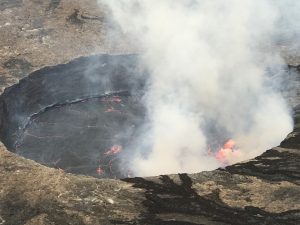
Mount_Nyiragongo lava crater
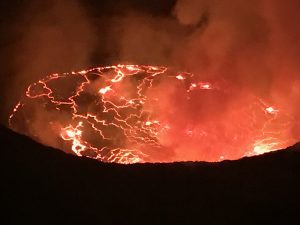
Mount_Nyiragongo active lava
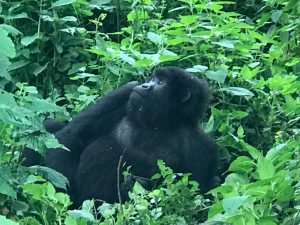
Gorillas in Congo
